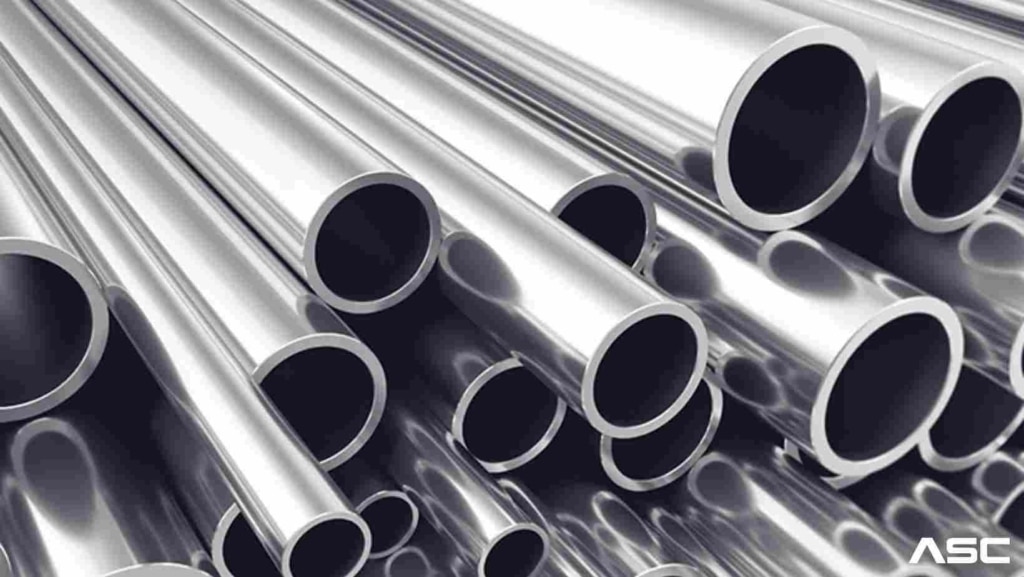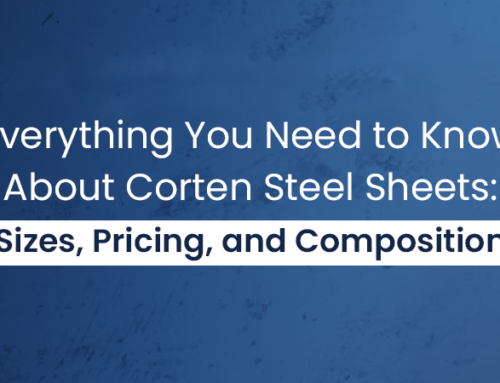Steel mill specifications are a consensus among producers, specifiers, fabricators, and users. The ASTM designation system for metals consists of a letter (A for ferrous materials) followed by an arbitrary sequential number. A548 refers to cold-heading quality carbon steel wire for tapping or sheet metal screws, for example.
Originally called the American Society for Testing and Materials, ASTM International is a global leader in developing voluntary consensus standards used by individuals, companies, and other institutions around the world. The ASTM is made up of over 30,000 volunteers from over 140 countries.
Speaking of Corten Steel, specialized Corten Steel is used for proper functioning. Cortensteeltube.com Is one leading Manufacturer, Supplier & Stockist Of Corten Steel.
ASTM International accepts requests for new standards from any interested party. A technical committee of ASTM prepares a draft of the standard, which is then submitted to a parent subcommittee before being sent to all members for review. During this process, any objections must be considered before the document can move forward.

ASTM standards are written in a specific and organized manner. A standard’s scope describes its purpose and limitations. The document may also include a glossary of unfamiliar terminology used in the document, as well as a bibliography of referenced documents.
In terms of fasteners, you can find details about everything needed to manufacture them. Materials, mechanical properties, chemical compositions, dimensions, appearances, and testing methods are included. The details can also include fastener limitations, reference tables, supplementary requirements, and notes on the packaging.
Manufacturers and customers alike can use an ASTM standard to determine the right fastener for a particular job, as well as recognize the advantages and limitations of a standard.
After ASTM procedures have been followed and the standard has been given due process, the ASTM International Committee on Standards grants final approval. Due process ensures that all interested parties are heard and maintains a balance between competing interests.
This article describes the evolution of grain size measurement and ASTM standard E 112. It was written by George Vander Voort on the occasion of the 75th anniversary of Committee E-4 on metallography and originally appeared in ASTM Standardisation News, May 1991 as “Committee E-4 and Grain Size Measurements: 75 years of progress.”
This here with the kind permission of Mr. Philip Lively, assistant VP for publications, marketing, and information technology at ASTM. There are 16 accompanying micrographs.
Except for a few metals, most metals are crystalline and they contain internal boundaries called grain boundaries. The atoms within each growing grain line up in a specific pattern depending on the crystal structure of the metal or alloy when it is nucleated in the course of processing (such as solidification or annealing after cold working). During growth, each grain will eventually impinge on the others and form an interface where the atomic orientations differ.
ASTM Designations:
Each ASTM standard is identified by a capital letter (A-H), a serial number (ranging from 1-4 digits), a dash, and its year of publication. There are times when ASTM standards will have a capital “M” for metric or a year in parenthesis (0000), indicating the last time they were re-approved.
A – Ferrous metals and products (steel)
B – Nonferrous metals and products (coatings)
C – Cementitious, ceramic, concrete, and masonry materials
F – end-use materials and products (bolts)
G – Corrosion, deterioration, weathering, durability, and degradation of materials and products
Cortensteeltube.com is a leading supplier, stockist, manufacturer & exporter of Corten Steel. Get in touch with us for the best rates & availability.









Leave A Comment